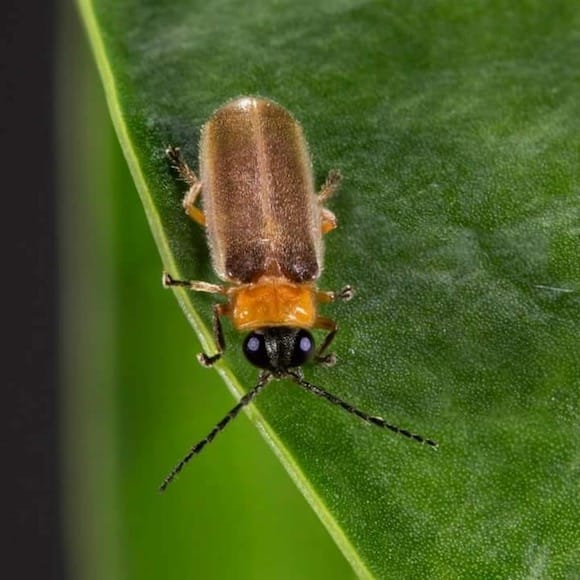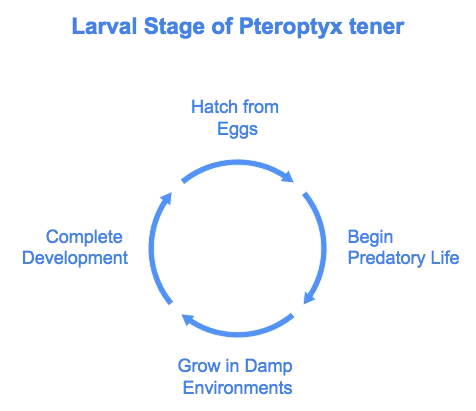A TRAVELER’S GUIDE TO EXPERIENCING FIREFLIES IN KUALA SELANGOR AND BEYOND
Picture this: a warm summer evening, the sun has just set, and suddenly, tiny lights begin to dance in the darkness. Like nature’s own fairy lights, fireflies have captivated humans for centuries with their enchanting bioluminescent display. But these magical creatures are disappearing worldwide, and it’s time we understood why that matters.
Fireflies In Malaysia- An Overview
Fireflies, belonging to the beetle family, are fascinating insects known for their bioluminescent display, particularly during mating rituals. In Malaysia, these enchanting creatures can be found in various habitats, especially in mangrove forests where they thrive.



Common Species
The most notable species of fireflies in Malaysia is Pteroptyx tener, predominantly found in Kampung Kuantan and Kampung Bukit Belimbing in Kuala Selangor. This species exhibits synchronous flashing, creating a mesmerizing light show as they congregate on mangrove trees at night. The life cycle of fireflies typically includes the following stages:
Life-cycle of the Firefly




Best location in malaysia to see fireflies
- Kuala Selangor: Known for its large colonies of Pteroptyx tener, visitors can enjoy synchronized flashing displays along the riverbanks.
- Kuala Sepetang/Kampung Dew, Perak. Another significant location known for firefly viewing, where similar ecological conditions exist.
- Nibong Tebal, Penang: Hosts multiple species of fireflies, including those that flash synchronously.
- Kuching Wetlands National Park, Sarawak: A Ramsar site where firefly viewing is part of a broader wildlife experience
“Just an hour’s scenic drive from Kuala Lumpur’s gleaming skyscrapers, Kuala Selangor offers nature lovers the perfect escape to witness one of Malaysia’s most enchanting natural wonders. As the sun sets and the countryside quiets, thousands of fireflies transform the mangrove-lined riverbanks into a mesmerizing light show. What makes this spot truly special isn’t just the spectacular synchronous fireflies – it’s the seamless blend of natural wonder with authentic Malaysian kampung (village) life. Visitors can savor fresh seafood at local restaurants, explore historic sites, and watch traditional fishermen ply their trade before embarking on their evening firefly adventure. With well-maintained facilities, professional guides, and perfect viewing conditions along the serene Selangor River, it’s no wonder Kuala Selangor has earned its reputation as Malaysia’s premier firefly-watching destination.”
Best Time to See Fireflies
The optimal time for observing fireflies is during the dry season, typically from March to October, when conditions are ideal for their activity. However the fireflies can be seen almost every night provided that there is no heavy rains and strong winds. Nighttime excursions just after sunset until midnight are recommended for the best viewing experience.
Impact of Modernization on Firefly Habitats
Modernization poses significant threats to firefly populations through:
- Habitat Destruction: Land clearing for agriculture and urban development reduces available natural habitats.
- Pollution: Chemical runoff from agricultural practices contaminates waterways, affecting both fireflies and their food sources.
- Light Pollution: Artificial lighting disrupts mating behaviors and can lead to decreased visibility of natural bioluminescent displays
Efforts are underway to conserve these habitats through eco-tourism initiatives that promote awareness and protection of firefly populations.
Do you know that Fireflies aren’t just nature’s light show – they’re essential indicators of environmental health. Here’s why:
- Fireflies are sensitive to environmental changes
- Their presence indicates healthy, unpolluted habitats
- They contribute to natural pest control
Travelers visiting Kuala Lumpur should not miss the opportunity to experience the magical display of fireflies in their natural habitat. Tours to Kuala Selangor or other prime locations provide a unique chance to witness this spectacular phenomenon while supporting conservation efforts that protect these remarkable insects for future generations.

